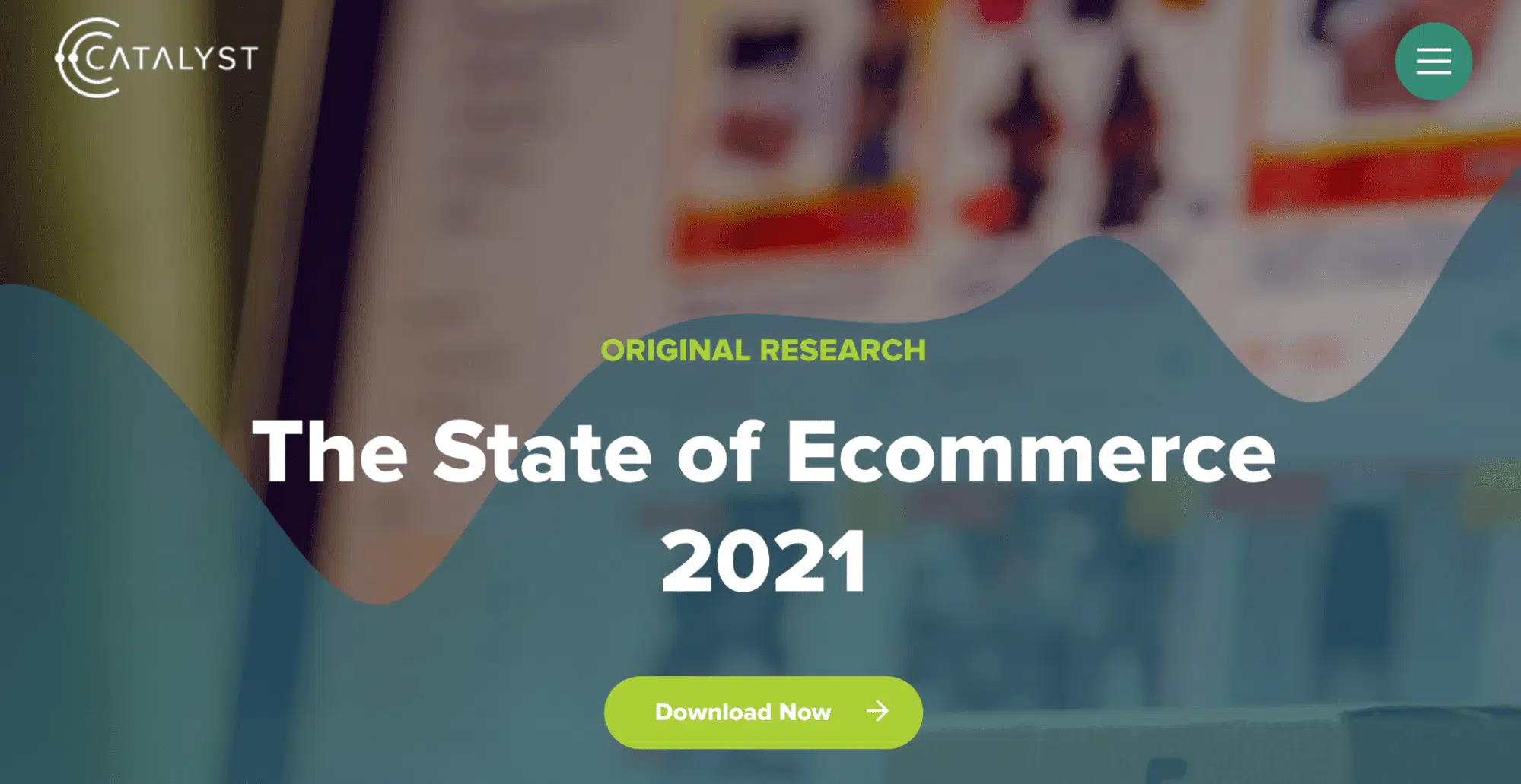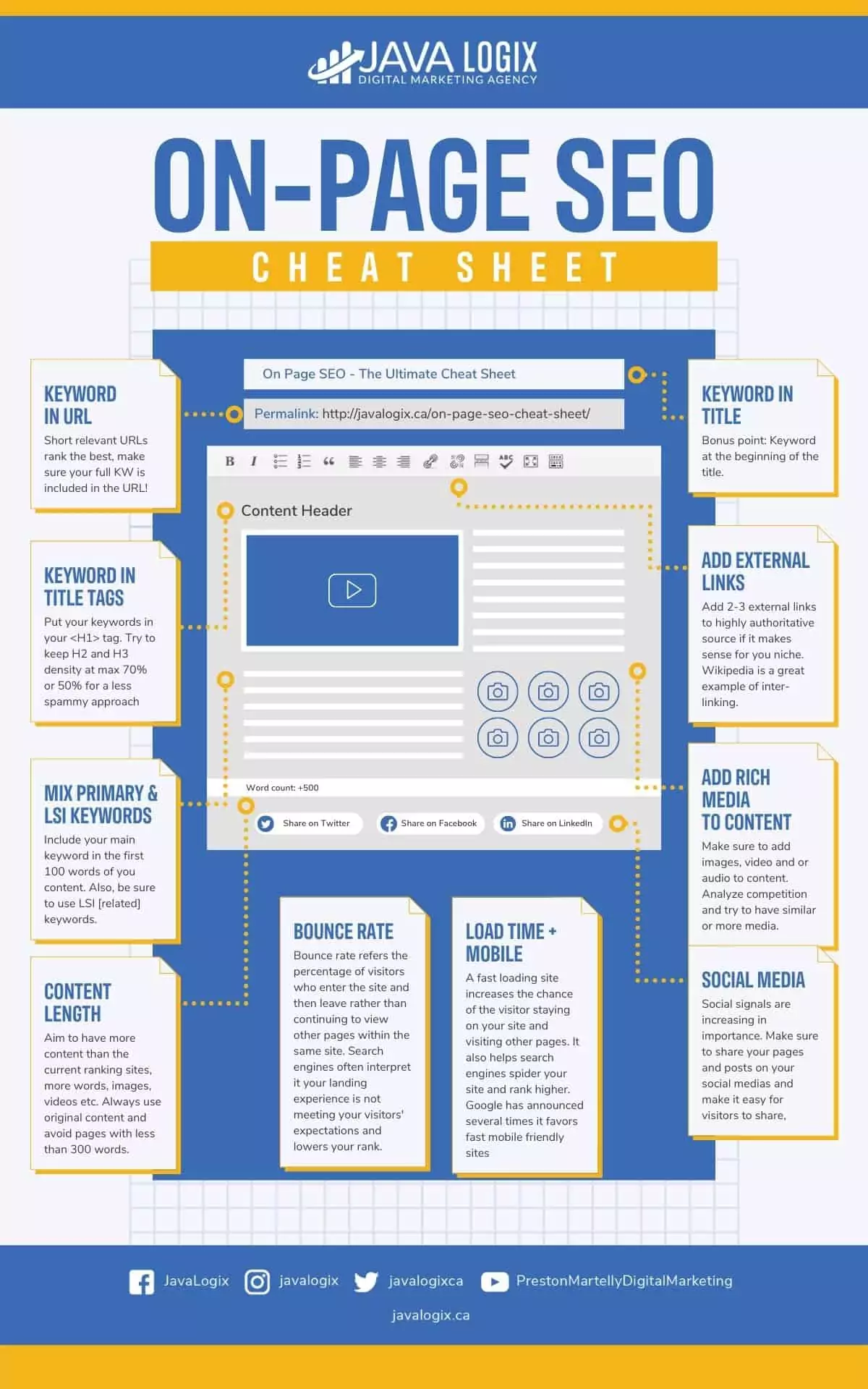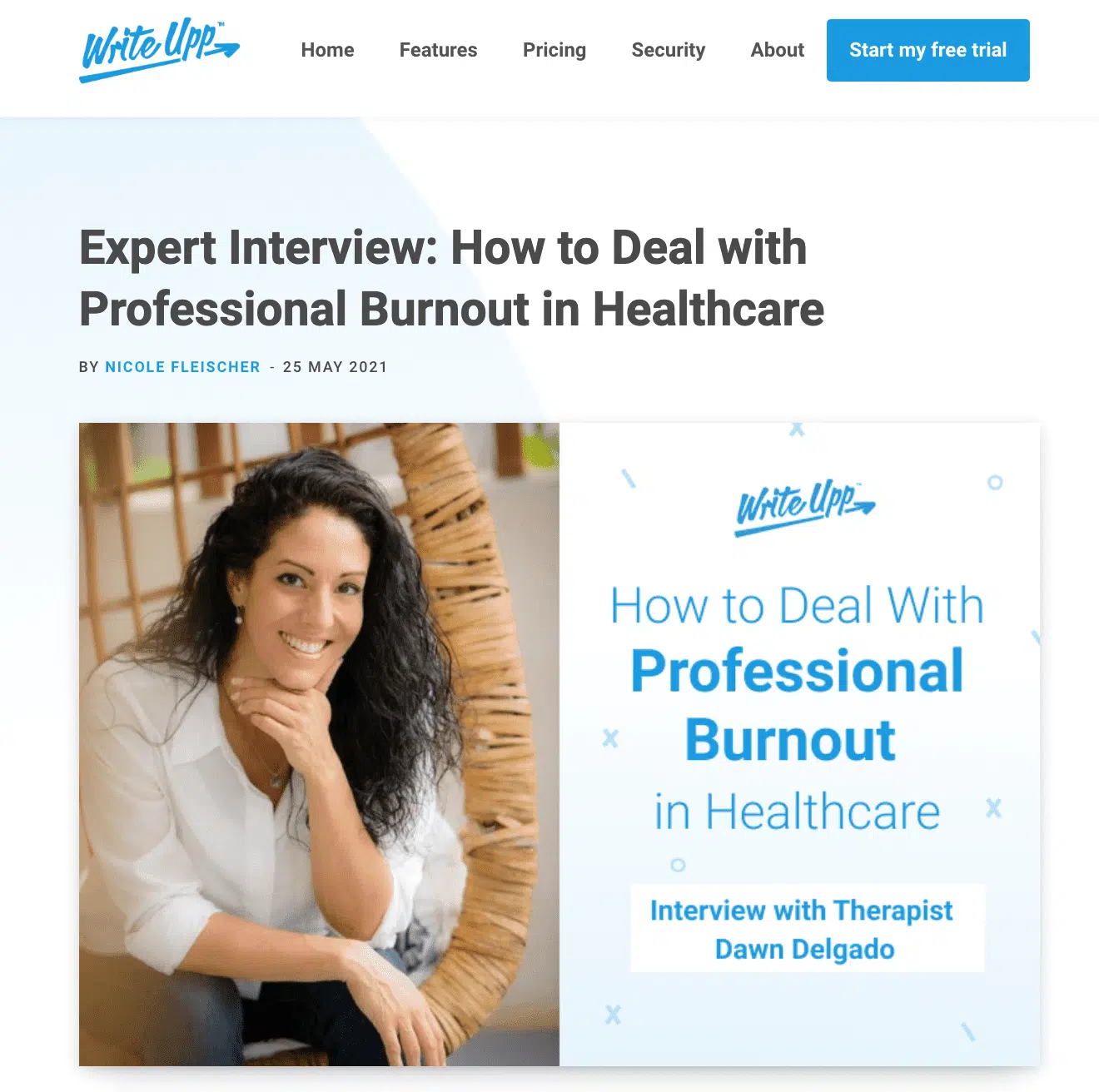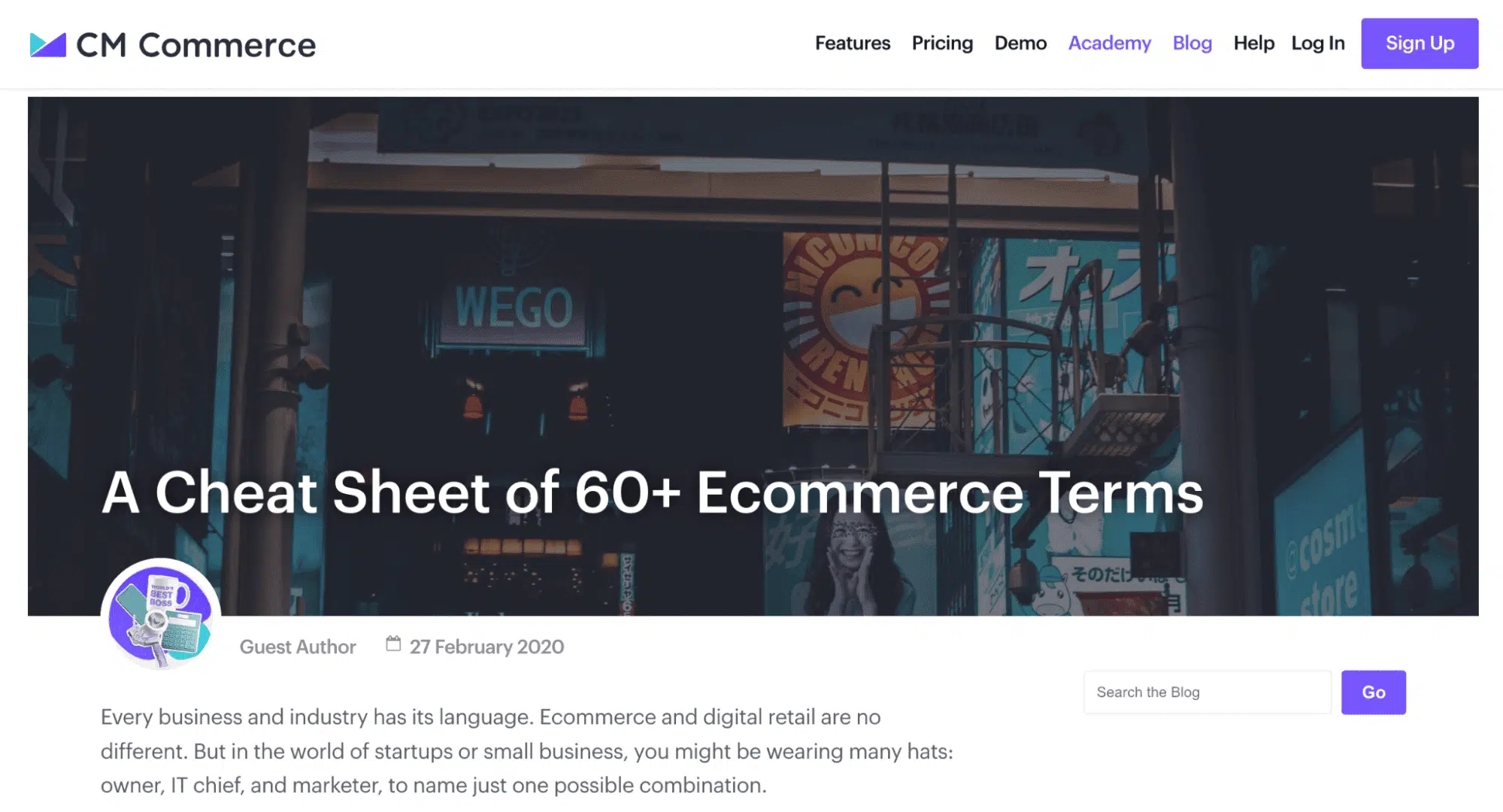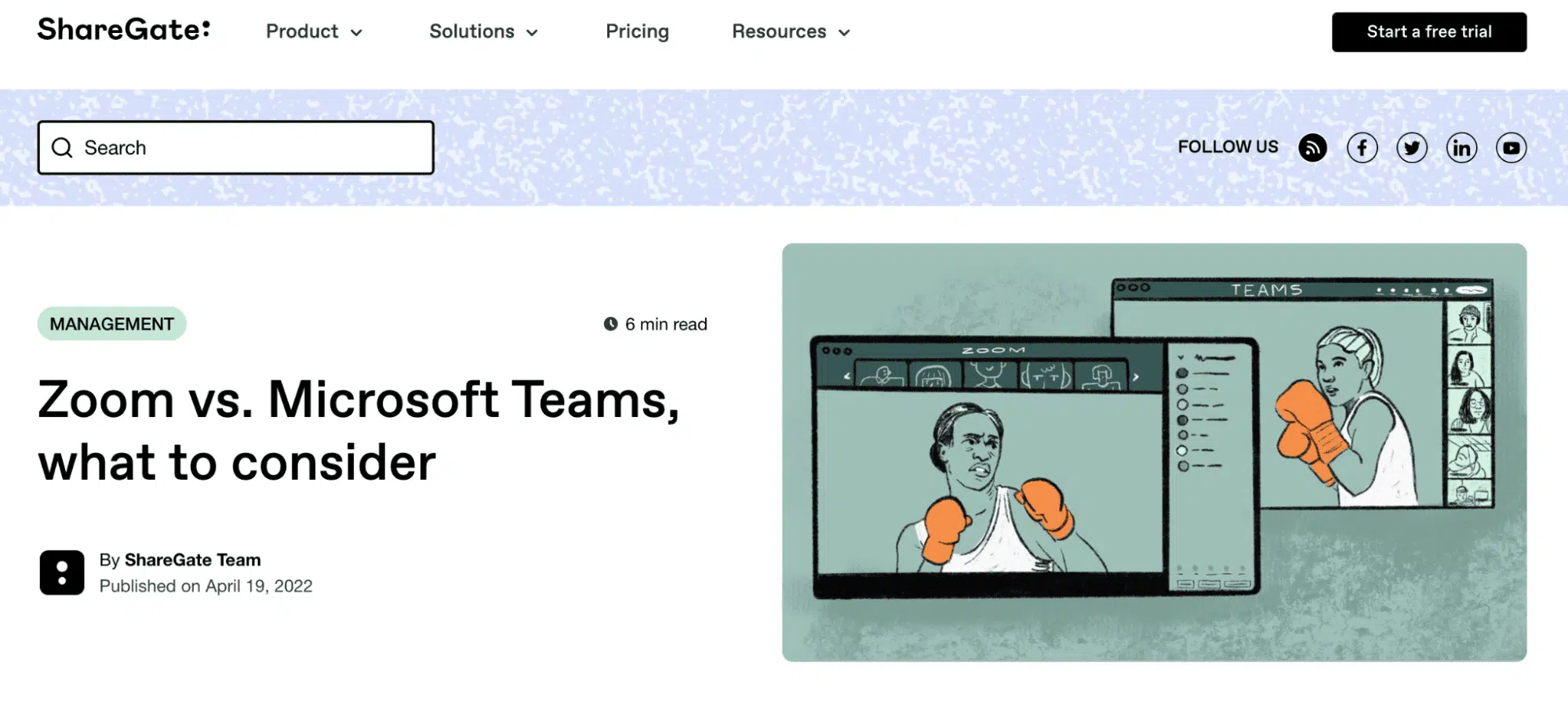Backlinks (links from external websites back to your website) are valuable for SEO.
Not only do they help build authority for your website, but they can help influence your organic rankings and drive additional traffic to your site.
But earning backlinks from other websites isn’t always easy. Earning high-quality backlinks from high-authority websites is even harder. This is because link building is often a manual and time-consuming process.
The solution? Link-worthy content that offers something of value (to users and to other websites)!
In this guide, you’ll discover 23 link-worthy content ideas to help attract quality links to your website.
What is link-worthy content?
Link-worthy content is content that’s so valuable that outside websites and publishers are inclined to link to it. This is usually content that solves a problem for users or otherwise provides a resource that users can’t easily find anywhere else. If other websites don’t have this content themselves, it’s often easiest for them to link directly to you as a source.
Creating valuable content may sound easy on paper, but attracting actual backlinks requires you to step up your game. Link-worthy content requires a lot of effort, planning, and research.
Linkable content must be well-written, informative, and provide a unique point of view to the reader. It should be a resource that other websites are itching to link to — and that users are itching to read!
Getting Started with Link-Worthy Content
If your current content delivers value and helps the readers accomplish what they’re searching for, then well done to you—you’re on the right path. My goal is to help you take it up a notch and adopt various content types that help attract backlinks. There are a few different ways to punch up the value of your content… so read on!
23 Link-Worthy Content Ideas to Attract Links
Let’s get into it. Here are 23 ideas for creating link-worthy content.
1. Problem-solving content
Many of the world’s keywords are question-based — meaning that users are actively searching for answers to their most burning questions. If you are able to effectively and efficiently answer their questions, you’re on your way to creating a truly valuable piece of content.
Of course, knowing your audience is half of the battle for any content marketing effort. You need to understand your audience’s struggles, goals, and pain points. Only then can you brainstorm content topics that will capture their interest.
For example, if you are an SEO strategist and your target audience is local service businesses, you might have an idea of what these business owners are looking for. They might be asking:
- How do I get traffic to my retail store?
- Why does SEO matter for local businesses?
- How do I get more restaurant visitors?
- How does SEO work for HVAC companies?
Come up with a list of questions that your audience would likely want answered. Then, conduct keyword research to validate the organic interest in these topics/questions. This content can attract organic traffic and grab the interest of other websites in your niche.
2. Long-form content
Long-form content refers to any article that’s longer than 1500 words. The goal here is not only word count, though, but to provide as much insight and value as possible. Most of the time, long-form content outperforms short-form content on search engine results pages, so this can attract more attention from other publishers.
More importantly, articles that are helpful and cover every aspect of a topic are likely to receive more backlinks. According to a 2020 study by Backlinko, long-form content typically gets more backlinks than short articles. That’s a signal for you to invest in long-form content.
3. Original research
Original research can involve gathering feedback, opinions, and data from surveys and interviews. With your own research, you are able to present unique findings and insights that users might not be able to find anywhere else.
Some content types in this category can include:
- Benchmarking surveys
- Owned (proprietary) data analysis
- State of the industry reports
- Third-party data analysis
A huge benefit of original research is that you are unlikely to compete with many other sources (unless you are in a crazy competitive niche). Your original content can help you build trust with your readers and attract links from other industry-leading publications.
Image source: Catalyst
4. Brand partnership blog posts
Brand partnerships or co-branded marketing can benefit any brand that wants to broaden its audience, increase brand awareness, get backlinks, and offer a new type of content to its audience.
With co-branded content, both parties promote a piece of content, which usually delivers more leads and awareness with less work. Also, a co-branded content campaign boosts exposure for your company to the target audiences of your co-branding partner because of potential audience overlap.
Another less-known but substantial benefit of branded content initiatives is that well-executed co-branded content holds the potential to help each brand conquer a weakness by harnessing the other’s strengths. Your content may fill the gap of what your partner is lacking on their own website — which benefits both of you!
Some content types that work best for partnerships include whitepapers, ebooks, webinars, blog posts, and podcasts.
5. Infographics
Infographics are graphics that summarize information and present it to users in a more compelling (and, often, aesthetically pleasing) way. They are a great way to conceptualize a lot of data or information.
Infographics are easy to read, making scanning the text much easier. You can use infographics to present a variety of data elements together to make an assertive visual impact, raise awareness, attract interest, and present data in a more powerful way than text only.
Additionally, infographics are highly shareable, so they have a better chance of becoming viral compared to text-heavy content. Other publishers like this because it is easy content to re-share and can be visually appealing for social media. So, not only might you get social shares and traffic, but infographics can earn you backlinks as well.
Image source: Java Logix Inc.
6. Video content
Video marketing is a strategic marketing approach that involves creating and sharing video content to attract, retain, and engage users. In general, video content is more interesting than text and allows you to establish a human connection with your audience while building trust. 84% of users said that they’ve been convinced to purchase a product or service by watching a brand’s video. That statistic alone demonstrates the power of video content.
Video content is easy to consume and easy to share. Many publishers don’t have the time or resources to create video content themselves, so they are inclined to link to or share existing resources. If your video content stands out, another publisher might re-share your video, link to it in an article, or embed it on their website.
People have different content consumption preferences. So, if you’re not using video content as part of your content marketing strategy, you may be missing out on additional traffic and backlinks!
7. Evergreen content
Evergreen content refers to content written on a topic that stays relevant to readers for a long time. This is content that essentially doesn’t “expire” because the information or advice can withstand the test of time.
Some of the most common types of evergreen content are listicles, industry overviews, how-to articles, “best practices” guides, FAQs, templates, glossaries, and resource guides. Since evergreen content has a longer lifecycle, you have more opportunities to re-engage and re-purpose it after its initial publication.
Here are some timeless ideas for great evergreen content:
- A “how to” article on a common pain point in your industry
- A content round-up of the most popular posts on your blog
- Tips for young people wanting to break into your industry
- Curation of interesting articles in your niche that your customers would benefit from
- A guide to industry jargon (see the image below)
- A list of top influencers in your niche
- Common misconceptions of your business
8. Expert roundups
Expert roundups are pieces of content that feature quotes from industry experts around a specific topic. To create such content, you must come up with an interesting question, like “What Did You Wish You Knew When You Started X Industry?”. Then, you send this to industry experts in your niche asking for their input on the subject. As soon as you’ve received a handful of responses from the experts, you can consolidate these into a blog article.
Expert roundups help you build backlinks as your article can serve as an authentic source for other brands. Often, the industry leaders that you mention in your article are inclined to link to and/or re-share your article. Backlinks are a great reason to integrate expert roundups into your wider content marketing strategy.
9. Expert interviews
Experts in any industry have knowledge cultivated through years of education and strengthened by years of hands-on experience. People new to the industry are often eager to get access to this information so that they can also be successful and learn from the best of the best.
Conducting expert interviews can help users get access to these insights, directly from the source. This creates unique content assets that users and publishers can’t find anywhere else.
SEO-wise, the expert interview can be very useful for naturally attracting links and social signals by leveraging the contributors’ promotion to their own audiences. Much like expert roundups, interview articles and videos are great at attracting visibility for your website.
Image source: WriteUpp
10. Whitepapers
You want your business and your brand to be taken seriously. Whitepapers can help! These are thorough and authoritative reports that allow you to demonstrate your expertise and build thought leadership within your industry. Whitepapers are often dense pieces of content that provide a depth of insight that users can only get from the experts.
When crafted effectively, whitepapers can bring more leads, boost sales, improve SEO rankings, convert prospects into customers, get backlinks, and improve brand awareness. Be aware that a whitepaper isn’t a sales pitch, though. Instead, the main goal of a white paper is to inform readers about a product or service via industry research and insights.
11. Checklists
Checklists are essentially “how-to” guides to help users achieve a goal or implement a task. This type of content can help people improve their efficiency and otherwise accomplish something that they didn’t know how to do before.
Checklists are easy to create and easy to consume. This makes them attractive linkable assets for other websites. If you are able to create a helpful and accurate checklist, many publishers will appreciate the resource.
Here are some examples: eCommerce launch checklist, off-page SaaS SEO checklist, and landing page checklist.
12. User-generated content
User-generated content refers to unsponsored content pieces (like images, reviews, Tweets, etc.) that are created by users. This content can come from customers, brand loyalists, and even employees. Content that’s created directly by users can help build trust in your brand.
According to 93% of marketers, consumers trust content created by customers more than content developed by brands. This is because an outside source is essentially “vouching” for your content, product, or service.
So, if users create the content, how can you leverage it for backlinks? While you might not be able to directly influence when or how users create content, you can incorporate it into your own content. So, for example, you can have a Reviews page on your website, add user testimonials to your service pages, or add user-generated memes to your blog articles. The more you are able to have fun with it, the more interesting this content will be to users and to publishers.
13. Quizzes
Quizzes are a great form of interactive content. Marketers use quizzes for different purposes, like increasing user engagement, gaining email sign-ups, connecting with users in a fun way, and entertaining readers with gamification.
Also, a quiz can be a fantastic way of measuring your users’ knowledge if you’re an educational business or startup. You can then provide them with the results and direct them to supportive resources. In short, quizzes have the power to spice up your content marketing strategy and get more eyes on your site.
Quirky, valuable, and/or funny quizzes have a knack for attracting publishers as well. Again, if you are creating a resource that users are unlikely to find on another site, this gives publishers a reason to reference you directly.
Image source: Outgrow
14. Templates
Templates are another great way to create linkable content. Templates can provide a framework for creating repeatable documents or processes. This can save you (and users) a ton of time, which is inherently valuable.
Let’s take a content brief template as an example. A content brief template is a set of instructions prepared for content writers to give them direction on how to go about writing an assigned piece of content. This is a resource that writers would love to get their hands on, because it saves them time, reducing their operating costs.
Templates are attractive to business owners, freelancers, publishers, and many other types of audiences. If you put the time in to create amazing templates, other sites may be inclined to give you a nod (and a link).
15. Case studies
Case studies are essentially summaries of work performed (usually by a service provider) and the results of that work. Many businesses, like marketing agencies, use case studies to demonstrate that their services generate tangible results for their clients.
Case studies can help win over new business and also provide strategic insights to other service providers. For example, if an SEO agency has developed a system that generated 200% ROI for their clients, other SEO agencies may want to learn from their approach.
Publishing case studies can help strengthen your value proposition, provide social proof, and position your business as authoritative in your space. Really insightful case studies can also be a source of reference for other service providers. Again, this value can position your content as an attractive linkable asset.
16. Cheatsheets
A cheatsheet is another type of powerful content that works in any niche. Why? Because people love chunks of information that they can digest easily.
You can create cheatsheets for total beginners or for your more advanced target audiences. Suppose you’re looking to perform on-page SEO and need actionable steps. The on-page SEO cheatsheet below could help you optimize your content for higher search engine rankings. Other publishers would love to link to such a valuable guide for their own readers.
Image source: CM Commerce
17. “How to” guides
“How to” guides instruct people how to fix problems and satisfy their curiosity. This type of practical content often addresses a specific customer problem. By addressing a problem directly, you’ll filter your traffic down to the people you want to engage with most and increase your authority in the eyes of those users. Interestingly, a “how to” guide will go a long way, as it holds actual value to the readers.
Another beauty of a “how to” guide is its shareability—when someone discovers a resource that benefits them personally, they naturally want to spread that knowledge. This can attract the attention of other users and publishers, drawing traffic and links to your site.
18. Listicles
A listicle is another type of link-worthy content that’s written in a list-based format. The most common form of listicle is a short list of 10-15 items that are based on a specific topic. The very reason why people love listicles is that they are easy to scan and outline what a reader can learn through the content. From a content marketer’s perspective, listicles are fairly easy to produce compared to other types of content.
Yet, that doesn’t mean that all listicles are short or less detailed. You can create a listicle, putting a lot of information in it so your readers can find everything they need around the topic. Google’s 200 ranking factors listicle is one of the best examples of a comprehensive listicle.
19. Comparison articles
Comparison articles are pieces of content that directly compare alternative products or services to help potential customers assess the differences, strengths, drawbacks, key features, and similarities. This helps them make the best decision possible for their needs. The comparison article should provide accurate and unbiased information to help users decide what’s best for them. By taking an objective and unbiased stance, you provide a lot of value and position yourself as a trusted advisor.
Often, you might write a comparison guide on a specific brand or product. The owners of these brands — if they like your review — may then decide to share or link to your content. This can be a kind of “I pat your back” approach to earning a backlink.
Image source: ShareGate
20. SEO blog posts
SEO content refers to written content that’s designed to rank in Google or other search engines. SEO content contains keywords that represent the theme of the content and attracts users searching for these terms. In application, this means using important keyword phrases and related terms on the page in a natural manner and including them in page titles, alt texts for images, subheadings, and the meta description tag.
While writing such content, choosing the keywords based on the value you think they will bring is important. In other words, your goal is to choose keywords with the highest relevance to your product or service.
Remember: the goal of writing an SEO blog post is to maximize your content’s visibility by reaching higher rankings in the search results. Optimizing content to match relevant search terms will also help your content get found by other website owners, potentially attracting links back to your site.
21. Step-by-step guides
A step-by-step guide is a piece of written instructions that guide users through a particular task or project from start to finish. The most significant benefit of those guides is that they help users save time, increase efficiency, and reduce potential errors.
You can create step-by-step guides to describe practically any kind of process. Whether it’s creating a marketing campaign, planting seasonal vegetables, using small business software, or any other type of process, how-to guides are extremely valuable to users.
Taking the time to write an in-depth step-by-step guide can really pay off. It can help build trust with your audience and other publishers. Again, if other websites don’t have this resource themselves, they may be inclined to link to you instead.
22. Content libraries
A content or resource library is a bank of content that’s full of resources that your audience can access. You probably write articles or other types of content regularly, how do you make sure your visitors find the information they need?
It can be helpful to combine all of your resources under a single location, arranging different types of content in different content categories, such as “how to” guides, whitepapers, videos, case studies, webinars, press releases, templates, expert interviews, and more.
Once you’ve built your content library, you must oversee it to keep it current and orderly. A well-organized library can provide a ton of value to users, build trust, and direct readers to other resources on your website. Other website owners may also see the value in this and link to your library from their own site.
23. Industry news
Do you have your finger on the pulse of your industry? If you are able to produce interesting, timely content, this can provide a ton of value to your audience and to other industry professionals.
All this takes is staying up-to-date on the latest trends, topics, and technology, and then writing about this on your own website. You’ll encounter less competition relative to evergreen topics — especially if you can publish your content before other publishers get to writing about it.
Quality really matters here too, so try not to cut corners with your journalism. Provide news articles that summarize the major events and inform your audience. This will encourage users and publishers to re-share and/or link to your content.
Final Thoughts on Creating Content Worthy of Links
Link building is vital for SEO and web visibility, and creating linkable content will help you achieve that. To build high-quality backlinks for your website, you should be willing to double down on the quality of your content and experiment with different content types to see what works best for your business.
Need help with your content marketing strategy and blog content writing? It’s what we do at Keys&Copy. We are a premier content marketing agency that provides ROI-focused and SEO-optimized content that ranks and converts. Have a question? Drop us a line here.

